Search Images
Browse Content (p. 1344)
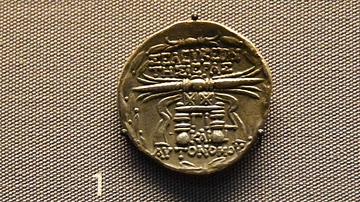
Image
Seleucid Coin with Date
In the ancient world, some coins had dates on them. giving us precise information as to when people ruled. These coins are inscribed with dates, so they give fixed points in the chronology of ancient states, to which other evidence can be...
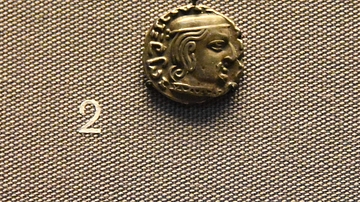
Image
3rd Century CE Indian Coin with Date
In the ancient world, some coins had dates on them. giving us precise information as to when people ruled. These coins are inscribed with dates, so they give fixed points in the chronology of ancient states, to which other evidence can be...
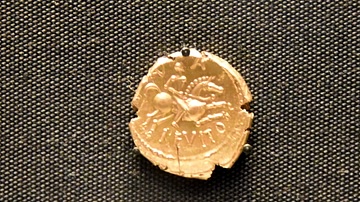
Image
Gold Coin Naming a New King from Britian
This coin offers the first evidence for the existence of a local king called "Anarevito". He is not known either from other coin finds or Roman historical accounts. Coin inscriptions often provide the only reference to the kings and rulers...
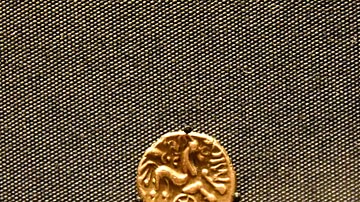
Image
Britain's First Inscribed Coins
This coin, naming the ruler Commius, is probably the earliest evidence of writing in Britain. His name appears in its Celtic form, "COMMIOS". Later coins, such as those of his son Tincomarus, have inscriptions written in Latin. Gold coin...
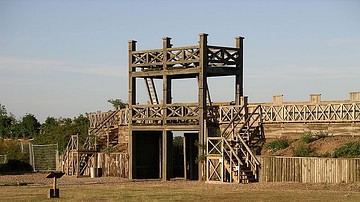
Image
Roman Fort, Lunt
A reconstruction of the gate of the Roman fort at Lunt (Coventry, UK)
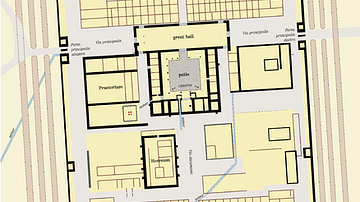
Image
Plan of a Typical Roman Fort
A plan of the layout of a typical Roman fort. Buildings included barracks, accommodation for the commanding officer (praetorium), granaries (horrea), workshops (fabricae), a hospital (valetudinarium), a cistern, and in the case of larger...

Image
Heka
In Egypt, the patron god of magic and medicine was Heka. He is often depicted as a man carrying a staff and knife, and ancient Egyptian doctors were called Priests of Heka. Magic was as integral a part of medical practice in ancient Egypt...
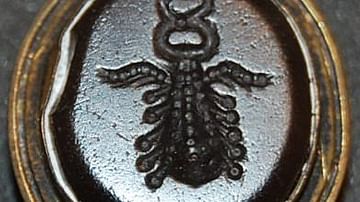
Image
Caduceus
Sard gem engraved with a winged caduceus combined with a club. Heka, the patron god of magic and medicine in Egypt was said to have killed two serpents and entwined them on a staff as a symbol of his power; this symbol of the medical arts...
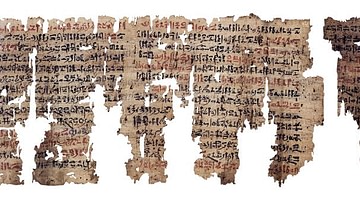
Image
The London Medical Papyrus
The London Medical Papyrus (c. 1629 BCE) is among the oldest medical texts in the world.
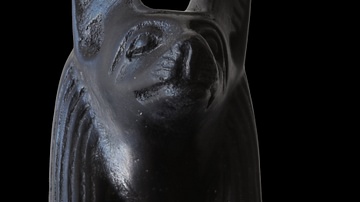
Image
Anubis God of Lost Souls
Anubis is the Egyptian god of mummification and the afterlife as well as the patron god of lost souls and the helpless. Modern reproduction.